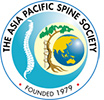One of the common symptoms of lumbar spine disorder is low back pain. It can be caused by heavy lifting, sitting or standing for a longer time, direct blow over the area, or sports such as basketball, baseball, or golf that involve sudden twisting of the lower back. The risk factors such as excess low back curvature, weak abdominal muscles, and forwardly tilted pelvis can also increase the risk of injuries. The common symptoms of lumbar spine disorders can include low back pain that radiates down to the buttocks, stiffness in the lower back, restricted movements, inability to maintain correct posture, muscle spasms, and pain that continues for a longer period. The experts at Siva Orthopaedic Clinic offer highly specialized treatment for lumbar spine conditions in Malaysia. Click on the below tabs to learn more.
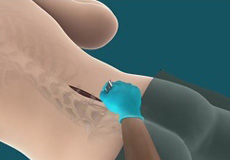
Lower Back (Lumbar) Surgery
Low back pain usually does not require surgery. However, surgery may be beneficial for persistent pain, spinal instability, weakness or numbness in the legs or feet, and impaired bowel or bladder function. Lumbar spine surgery may also be considered if all conservative methods have failed to provide pain relief.
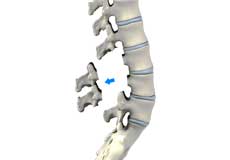
Lumbar Laminectomy
Lumbar laminectomy is a spinal surgery to relieve excess pressure on the spinal cord or nerves within the spinal canal in the lumbar or lower back region. The pressure may be caused by bony overgrowths, herniated discs, injury, tumors, or narrowing of the spinal canal resulting in painful symptoms affecting a person’s ability to perform normal day to day activities.
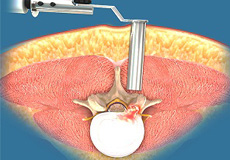
Minimally Invasive Lumbar Surgery
A minimally invasive technique is more beneficial for a few lumbar surgeries. Some of the common minimally invasive lumbar surgical procedures include lumbar discectomy, lumbar fusion, and lumbar laminectomy.
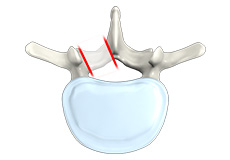
Lumbar Foraminotomy
A lumbar foraminotomy is a surgical procedure that decompresses the spinal nerves by removing bone and other tissues that obstruct the neural foramen.
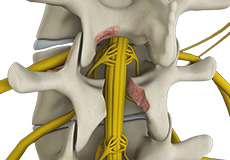
Lumbar Decompression
Lumbar decompression is a surgical procedure performed to relieve pressure over the compressed nerves in the lower spine (lumbar region).
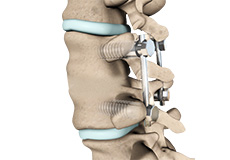
Posterior Lumbar Fusion
Posterior spinal fusion is a procedure where your surgeon makes an incision on your back to expose the spine. The soft tissues and blood vessels are kept apart to avoid damage.
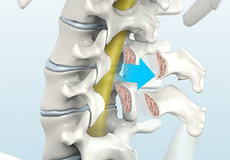
Posterior Lumbar Interbody Fusion
In PLIF, several 1-2-inch incisions are made on the back, a series of increasingly larger dilators are used to spread the muscles apart and provide access to the spine. The rods and screws are placed through the dilator tubes. In some cases, an operating microscope may be used to provide a better view.
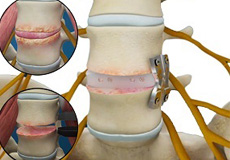
Lateral Lumbar Interbody Fusion
Lateral lumbar interbody fusion also known as extreme lateral (XLIF) or direct lateral interbody fusion (DLIF) is a minimally invasive spinal procedure performed to treat back and leg pain caused by degenerative discs and other problems within the vertebral column.
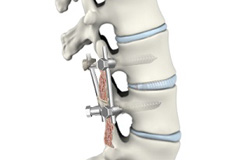
Lumbar Interbody Fusion
Lumbar interbody fusion (LIF) surgery is a surgical technique that involves the removal of a damaged intervertebral disc and the insertion of a bone graft into the disc space created between the two adjoining vertebrae.
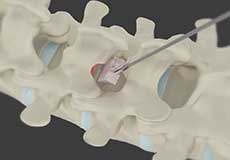
Minimally Invasive Lumbar Discectomy
Lumbar discectomy is a spinal surgery that involves the removal of the damaged intervertebral disc(s) to relieve pressure on the spinal nerves (decompression) in the lumbar (lower back) region, which forms the lower portion of the spine and comprises of five vertebrae (L1-L5). A minimally invasive technique is implemented to perform the surgery.
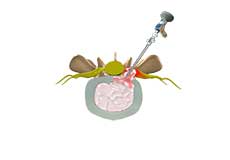
Lumbar Microdiscectomy
Microdiscectomy is a surgical procedure employed to relieve the pressure over the spinal cord and/or nerve roots, caused by a ruptured (herniated) intervertebral disc.
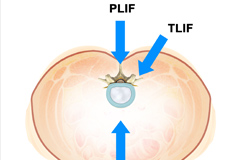
Minimally Invasive Lumbar Fusion
Spinal fusion is a surgical technique used to join together two or more vertebrae in the spine and to minimize the pain caused by the movement of these vertebrae.
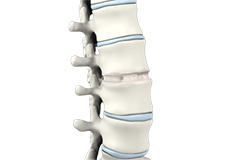
Anterior Lumbar Interbody Fusion
Anterior lumbar interbody fusion (ALIF) is a surgery performed to correct spinal problems in the lower back. The surgery can be implemented either as an open surgery or minimally invasive technique.

Lumbar Microdecompression
Lumbar microdecompression, also known as lumbar microdiscectomy, is a minimally invasive surgical procedure to relieve pressure from pinched nerves in the lower back or lumbar region using microsurgical techniques.
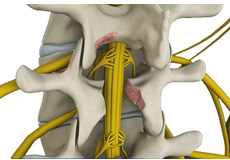
Minimally Invasive Lumbar Decompression
Minimally invasive lumbar decompression or mild® is a procedure developed by Vertos Medical to treat lumbar spinal stenosis by relieving pressure on the spinal nerves.
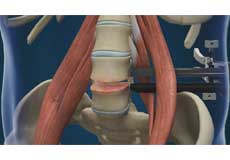
Lumbar Discectomy
A lumbar discectomy is a surgical procedure performed to treat a herniated or ruptured disc and relieve pressure on the spinal nerves.
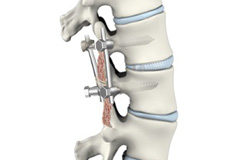
Lumbar Spinal Fusion
The surgical technique of combining two or more vertebrae is known as spinal fusion. Back pain due to abnormal motion of the vertebrae is treated by this procedure.









